On June 6, 2011, the video game streaming website Twitch launched as a spin-off of the live streaming site Justin.tv. Over 10 years later, Twitch has become the go-to place for streaming, even surpassing its former corporate owner.
Part of the reason for Twitch’s popularity is Twitch chat and especially its emotes. With Twitch chat, passive viewing becomes interactive, and Twitch’s emotes become a kind of internal language of inside jokes.
The emotes have changed how people talk to each other both on and off the site. They can change the meaning of a message or they can be the entire message in many cases.
Almost all the images have unique stories about how they came to be, why they’re used so much, and what they’re used for. Many Twitch newcomers may get lost in the world of emotes that are nothing like emojis. That’s where we come in with our list of the most popular emotes and their meanings.
Twitch emotes meaning
Kappa
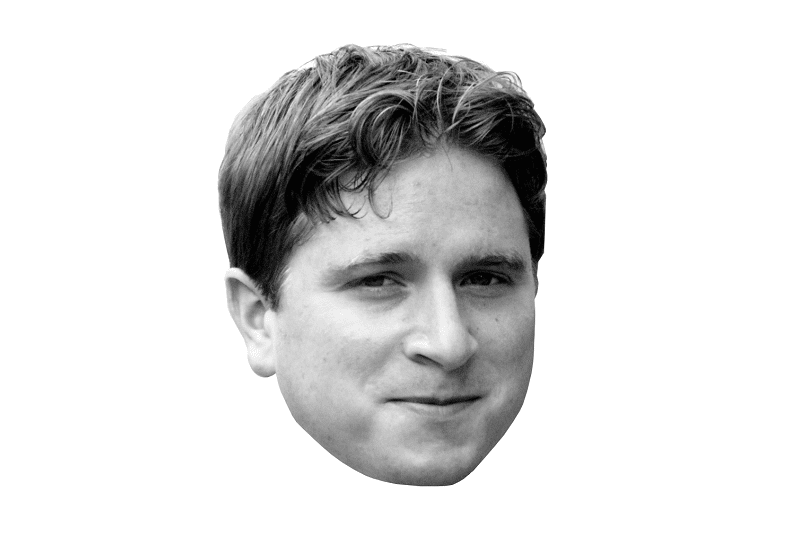
Kappa is a gray-scale photo of Josh DeSeno, a former Justin.tv employee. DeSeno had been working on the original chat client for Justin.tv when Kappa was added as an emote. This was not uncommon at the time as several Justin.tv employees added various photos of their facial expressions. But DeSeno’s photo was much more popular than his peers’—he became the face of Twitch.
The emote is mostly used to convey sarcasm and trolling, which is a major reason it is used so much in Twitch chat. Kappa has been used almost 300 million times, according to StreamElements, and each day DeSeno’s face is spammed on countless channels.
PogChamp / KomodoHype
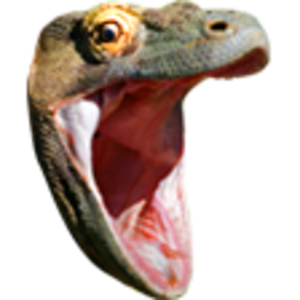
PogChamp has been one of the most popular emotes on Twitch for years, but it’s gone through some changes in that time. Since being removed, it has now been merged with the KomodoHype emote, and typing either will produce the same image in the chat.
KomodoHype originated from a stock picture of a Komodo dragon shared online back in 2008. The lizard’s Twitch journey began in 2018 but ascended to new heights when it officially replaced the old PogChamp image in February 2021.
While there’s more to the story, the emote is still used in the same context, to express excitement or hype.
Trihard
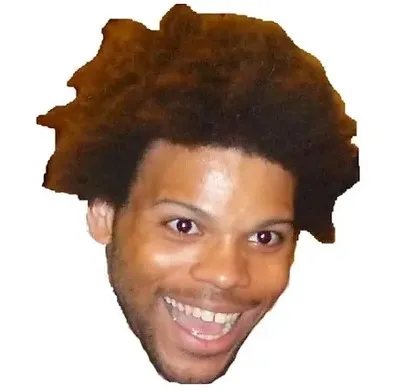
Trihard features the excited face of a popular Twitch streamer TriHex. The photo was taken in 2012 during an anime convention in Texas. Fans of TriHex spammed all the polls created by Twitch staff to add new emotes and the Trihard emote came to be in 2013.
Due to the expression on his face, the emote is generally used to show excitement and joy. Though it happens rarely, the emote also gets used in racist contexts to disturb streamers.
BabyRage

There are a couple of different ways of showing your rage on Twitch. You can either be reckful, punch a monitor, and be labeled as “SwiftRage,” or throw a tantrum just like “BabyRage.” It can also be used to point out someone who has been whining over something until a point it turns into nagging.
Though the emote had no affiliations with anyone, it has become bonded with a Dota 2 player named Arteezy who is known for getting too emotional in Dota matches.
Kreygasm

Popular variety streamer Kreyg was approached by Justin.tv staff in 2011 about having a global chat emote on the site. Originally, according to Kreyg, he declined the offer. But months later, the term “Kreygasm” was coined in his stream, prompting him to make an emote befitting of the name.
Kreygasm is mostly used to express pleasure.
NotLikeThis
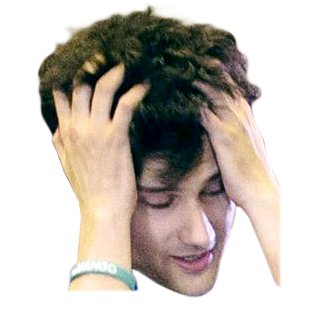
NotLikeThis is an emote that we can all relate to. It features Benjamin Swartz, an ex-Twitch employee, while he was watching someone getting styled on in a fighting game tournament.
Similar to its origin, the emote is used to express disbelief and disappointment over an event that went horribly wrong.
LUL
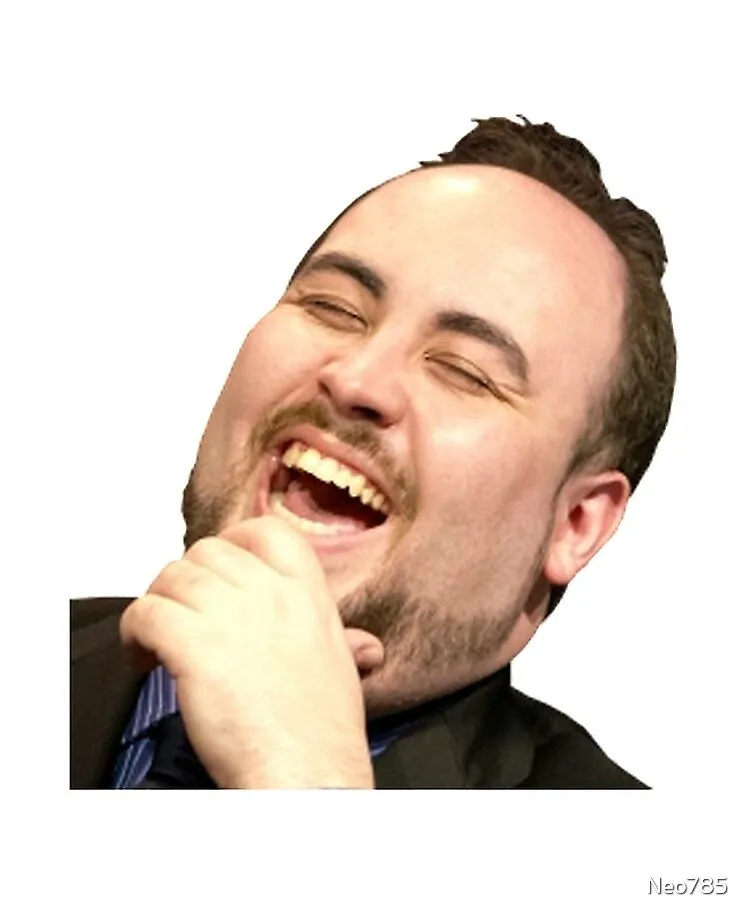
John “TotalBiscuit” Bain was one of the most popular video game reviewers in the world and he just so happens to have one of the most popular Twitch emotes in the world. His laughing face, LUL, debuted in 2016 and instantly became one of the most used emotes on the site.
As one would expect, LUL is used to express laughter.
HeyGuys

HeyGuys features Twitch’s ex-recruiting director, Selan Akay. After it was added to the platform in 2014, the emote quickly became the official way of greeting both a streamer and the chat.
The emote is mostly used to say hi to a streamer who just came online or salute the members of the chat as you join in on the fun.
BibleThump
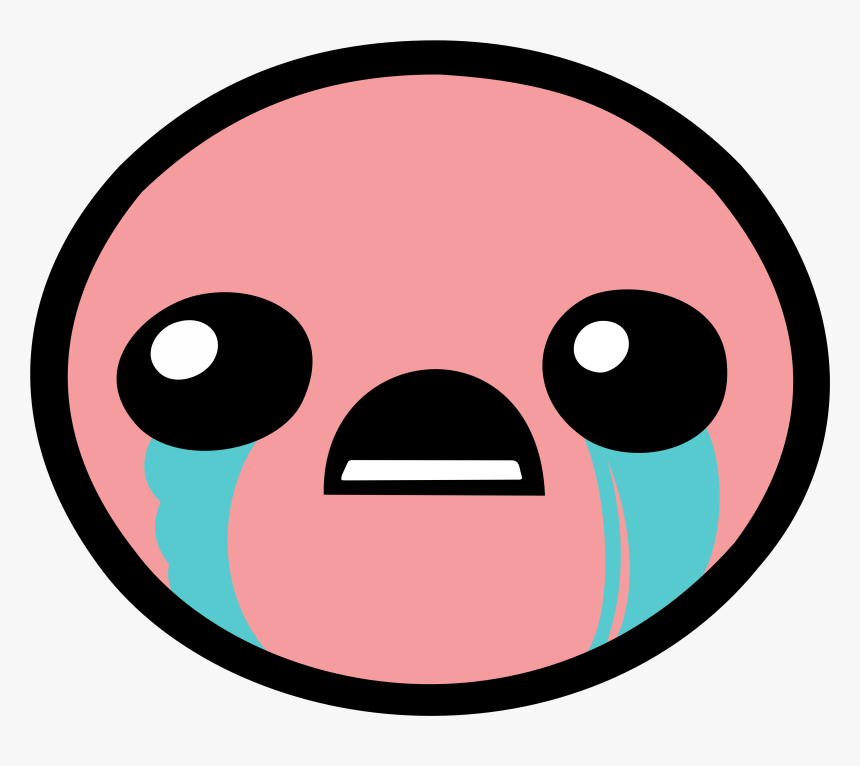
In 2012, BibleThump made its debut on Twitch. Coming from the game The Binding of Isaac, the crying round face is most commonly used in sad moments to show sympathy.
ResidentSleeper
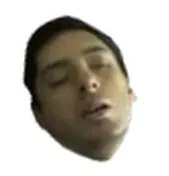
ResidentSleeper is mostly used when chatters are bored to the point where they say they’re falling asleep.
The photo originates from broadcaster Oddler’s attempt at a 72-hour Resident Evil stream. While not reaching his intended goal, Oddler got to the 65-hour mark before dozing off, creating one of Twitch’s most prolific emoticons.
SMOrc
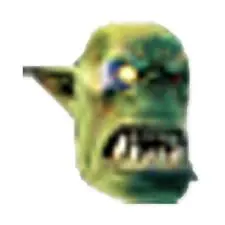
SMOrc is an emote that rose to fame after the release of Hearthstone. It features the face of a Space Marine Orc from Warhammer 40,000.
While the meaning of the emote before Hearthstone is unknown, the emote is mostly used to describe a player who prefers attacking a target’s face instead of trading cards.
After it made the cut and became a global emote, it also started to be used as a tool to mock a streamer after they fail a dare or an attempt.
SwiftRage
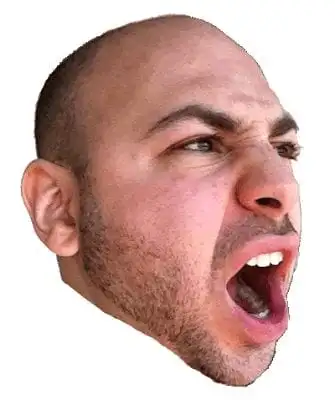
Like Spamfish, the face of failure on Twitch, streamer and YouTuber Joseph “Swiftor” Alminawi is arguably the face of rage on the site.
Competing with a similar emote, BabyRage, SwiftRage is used to express anger and even sometimes overwhelming excitement and demand. BabyRage is used more to show whining or immature raging.
WutFace
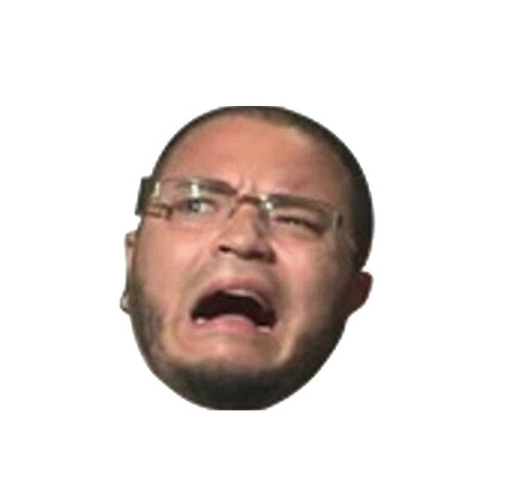
WutFace is a very surprised-looking photo of Overwatch League desk host and Halo commentator Alex “Goldenboy” Mendez. The esports personality was in the crowd at MLG Anaheim 2014 when the camera settled on him. When he realized he was on camera, Goldenboy made the WutFace expression.
The emote has been used in a variety of situations, but it’s caught on mostly when things go wrong or someone says something weird. No matter how it’s meant, WutFace will forever keep Goldenboy’s face plastered in Twitch chat.
DansGame

WutFace and DansGame are pretty similar, but DansGame came nearly half of a decade earlier. During the Justin.tv days, DansGaming sent a disgusted-looking photo to Justin.tv staff, which has stayed around for nearly 10 years.
Similarly to WutFace, DansGame is used at many different times but it’s mostly employed when those in chat are disgusted or freaked out.
Jebaited
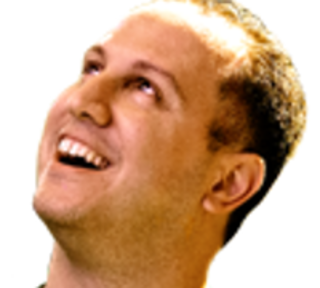
Jebaited features the face Alex Jebailey, the CEO of a fighting game tournament organizer named CEO. The emote was added to Twitch in 2016 and has been the main subject of thousands of copypastas.
Though the context of the picture is unknown, Jebailey’s smiling face is often associated with the act of baiting in video games. Following that, it is mostly used in scenarios where a streamer gets fooled by something or someone.
4Head

The face of the 4Head emote doesn’t actually stream on Twitch anymore. The image shows former League of Legends streamer Cadburry with an excited, happy expression.
Today the emote is usually used to express that something was said in jest and shouldn’t be taken seriously. It is also often used to show sarcasm.
VoHiYo
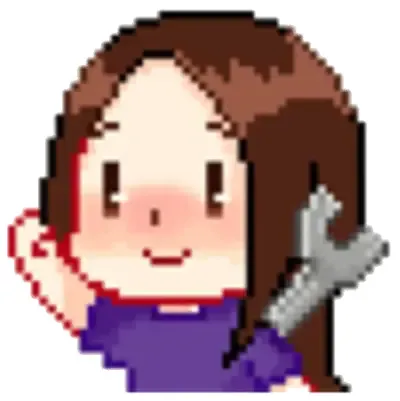
This friendly avatar is modeled off of Twitch moderator Volary, but there isn’t much else known about it. It is one of the few emotes that Twitch allows variations of, one per channel.
The emote is primarily used as a hello message and a reference to “weebs” and those who enjoy anime or Japanese culture.
PJSalt
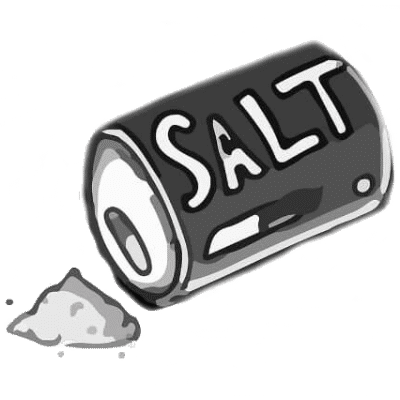
PJSalt is one of the oldest emotes on the site, and its influence and reputation have spread far beyond the platform. While using the term “salty” to describe someone who’s tilted or a sore loser predates Twitch, PJSalt is now an icon all on its own.
This emote has undergone very little change in how it’s used, to express that a streamer or chatter is unreasonably upset or angry about a relatively minor problem.


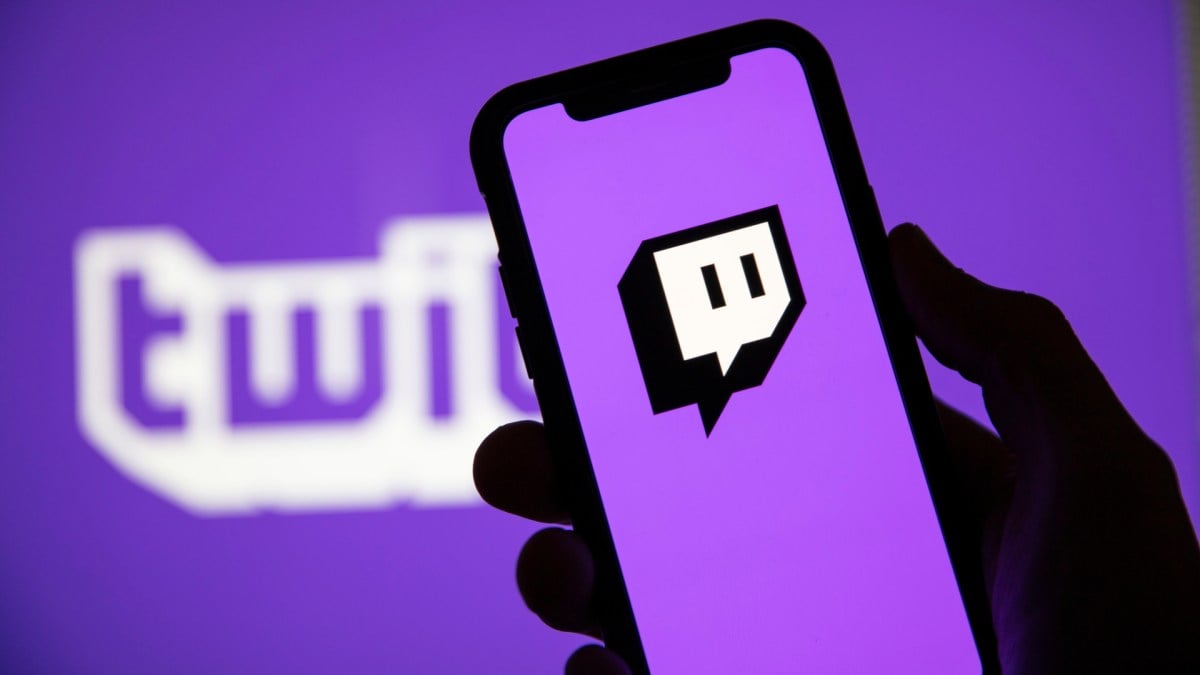
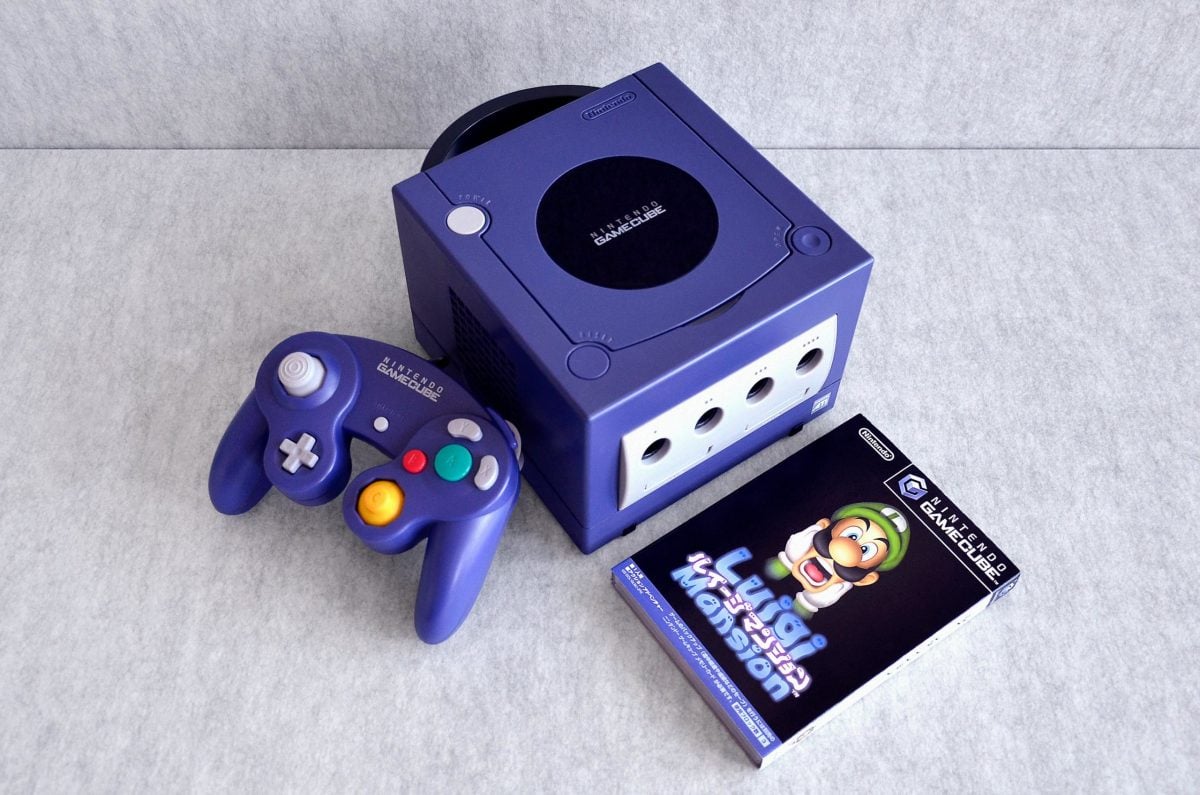
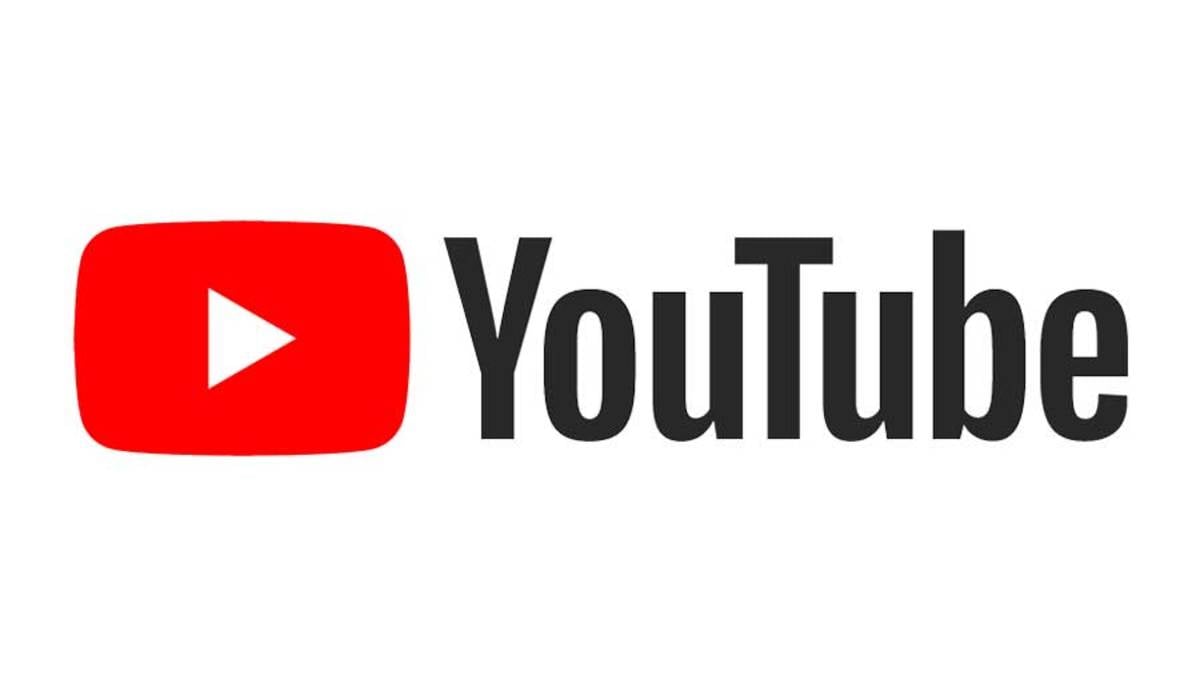
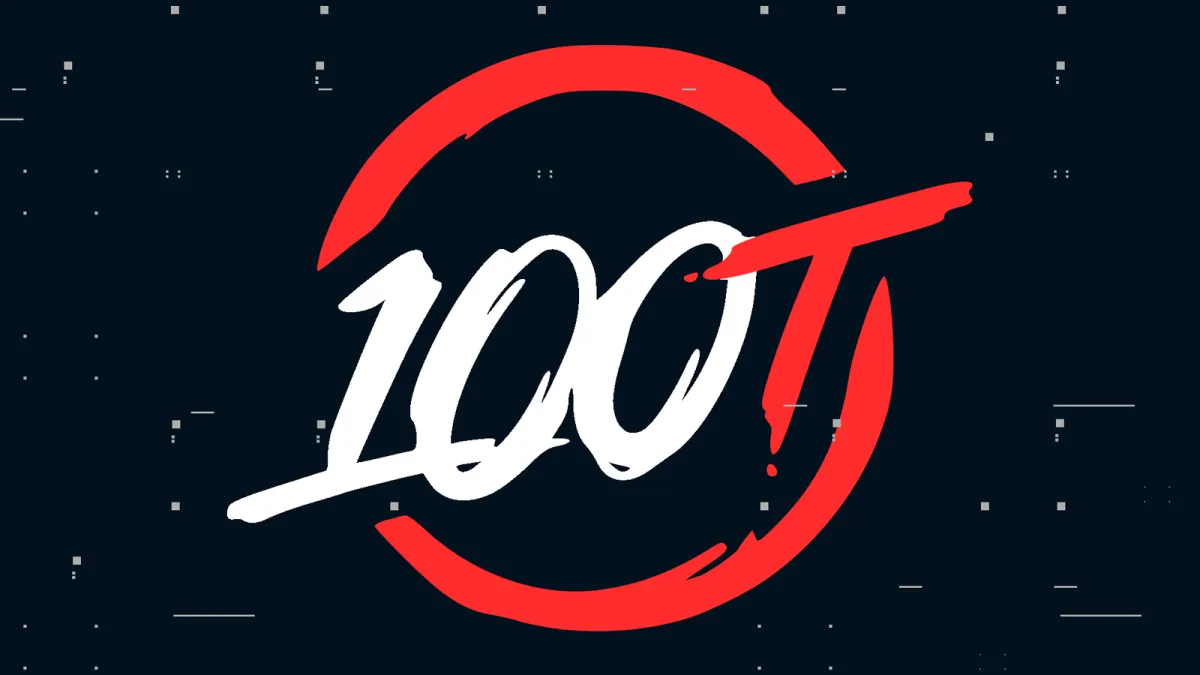

Published: Nov 24, 2022 03:25 am